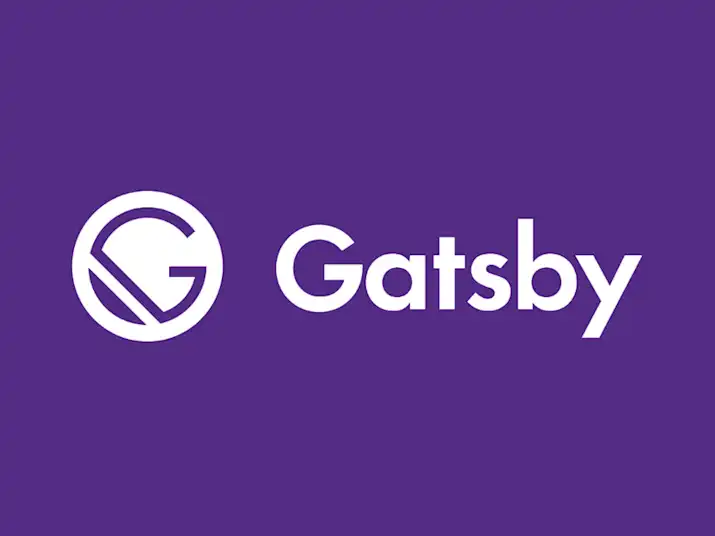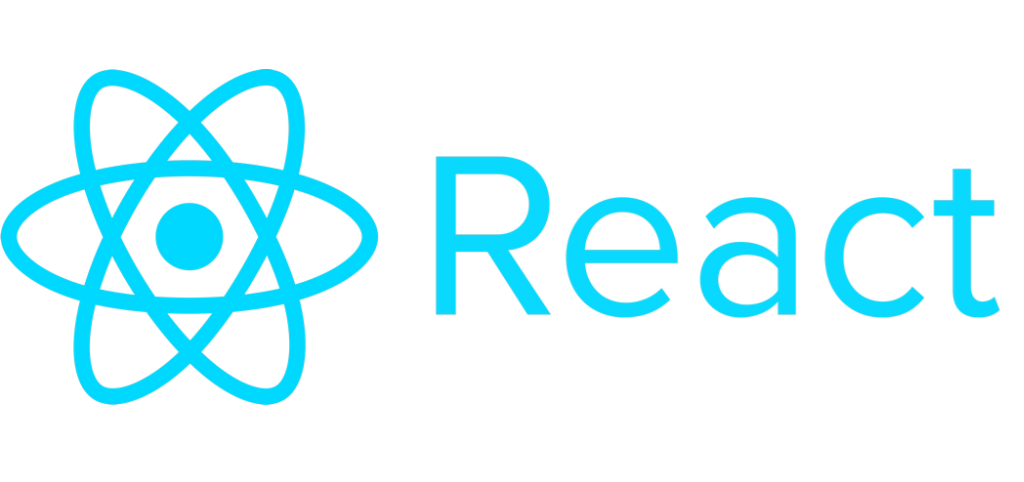Abstract
In this article today, we’re exploring Kafka, an open-source distributed event streaming platform, mainly used for high-performance data pipelines, streaming analytics and data integration. At its core, Kafka operates on a publish-subscribe model, where the producer sends messages to Kafka topics, and the consumer subscribes to these topics to retrieve and process the messages or events. A key part of this process is serializing messages, turning them into a stream of bytes before sending them.
About Our Client
Our client is a cutting-edge artificial intelligence company specializing in delivering AI-powered solutions across industries such as aerospace, defense, energy, utilities, manufacturing, finance, and telecommunications. The client’s primary focus is on leveraging AI and data to drive innovation, optimize operations, and enable smarter decision-making. Their business required a flexible, low-code data orchestration system that could integrate data from diverse sources, ensure data quality, and support real-time decision-making.
Business Challenges
Configurable Workflows:
A low-code or no-code platform to create and manage pipelines with ease.
Data Integration and Quality:
Seamless data ingestion from multiple sources, with mechanisms for cleaning and enriching data.
Real-Time Processing
Support for real-time or near-real-time data processing to facilitate timely decision-making.
Machine Learning Support
Capability to train and execute machine learning models as part of the pipeline.
Cost Efficiency and Scalability
Optimize operational costs while maintaining high scalability to manage large datasets effectively.
Fragmented Data:
Data was scattered across multiple sources, stored in different formats.
Integration Complexity:
The client needed a robust system to seamlessly integrate diverse data sources, including APIs.
Data Quality Issues:
Ensuring data accuracy, consistency, and completeness was a major hurdle.
Real-Time Insights:
Processing data in real-time or near-real-time for timely decision-making was critical.
Scalability and Cost Efficiency:
The solution needed to be cost-efficient while supporting growing data volumes and scaling.
Solution Details
To address the challenges of schema evolution in Kafka, we followed a systematic approach focused
on designing robust solutions, implementing best practices, and leveraging appropriate tools.
Below is the detailed process we used:

To address the challenges of schema evolution in Kafka, we followed a systematic approach focused on designing robust solutions, implementing best practices, and leveraging appropriate tools.
Key Features of Solution
Data Ingestion
DOE supported data ingestion from various sources such as databases, APIs, and files, enabling seamless integration of disparate data.
Data Cleaning and Enrichment
Automated processes to clean, validate, and enrich data with contextual information, ensuring reliability and relevance.
Customizable Workflows
A low-code interface allowed data scientists and engineers to configure pipelines with minimal coding effort.
Real-Time Processing
The platform enabled near-real-time data processing, ensuring timely insights for decision-making.
Machine Learning Integration
DOE supported training and running machine learning models directly within the pipeline for advanced analytics.
Visualization Support
Processed data was stored in graph databases like Neo4j, enabling rich visualizations and in-depth analysis.
Technical Implementation:
Lorem Ipsum has been the industry's standard dummy text ever since the 1500s, when an unknown printer took a galley of type and scrambled it to make a type specimen book. It has survived not only five centuries, but also the leap into electronic typesetting, remaining essentially unchanged.

Lorem Ipsum has been the industry's standard dummy text ever since the 1500s, when an unknown printer took a galley of type and scrambled it to make a type specimen book.
-
Scalability and Cost Efficiency
Automated pipeline execution upon detecting events, such as file arrivals in Azure Blob Storage.
-
Prefect Framework
Used for defining, scheduling, and executing workflows with monitoring and distributed execution capabilities.
-
Kubernetes Integration
Ensured scalability and efficient execution of containerized pipeline tasks.
-
Web Application
Developed using React (front-end) and FastAPI (backend) to provide an intuitive interface for pipeline configuration and monitoring.
Azure Triggers and Function Apps
Automated pipeline execution upon detecting events, such as file arrivals in Azure Blob Storage.
Prefect Framework
Used for defining, scheduling, and executing workflows with monitoring and distributed execution capabilities.
Kubernetes Integration
Automated pipeline execution upon detecting events, such as file arrivals in Azure Blob Storage.
Web Application
Automated pipeline execution upon detecting events, such as file arrivals in Azure Blob Storage.
Implementation Process
Pipeline Configuration
Data scientists used the web app to configure pipelines, specifying data sources, destinations, and processing steps.
Trigger Mechanism
Azure Functions detected incoming files and triggered the pipeline.
Execution
Prefect workflows processed the data through cleaning, transformation, enrichment, and machine learning predictions.
Output
Processed data was stored in graph or document databases, ready for visualization and analysis.
Reduced the time to extract insights by simplifying pipeline configuration.
Automated cleaning and enrichment improved data reliability.
By automating repetitive tasks, the solution allowed teams to focus on innovation.
The scalable, cloud-native architecture optimized operational costs.
Key Features/Innovations
By adopting the outlined practices, Kafka systems experienced the following outcomes:
Lorem Ipsum has been the industry's standard dummy text ever since the 1500s, when an unknown printer took a galley of type and scrambled it to make
Improved Developer Productivity
By ensuring schema compatibility, consumers were less likely to experience failures due to schema mismatches.
Enhanced System Reliability
Lorem Ipsum has been the industry's standard dummy text ever since the 1500s, when an unknown printer took a galley of type and scrambled it to make
Conclusion
Schema evolution in Kafka is a challenging but manageable task when proper practices and tools are in place. By following the strategies outlined in this article, you can ensure a reliable, forward-compatible system that can meet the demands of modern distributed applications while minimizing disruptions to consumers and producers. Using tools like schema registries and automated testing ensures that schema changes do not break the system and are efficiently managed across environments.
References and Further Reading
- Confluent Schema Registry: Confluent Schema Registry Documentation
- Apache Avro Documentation: Apache Avro Documentation









